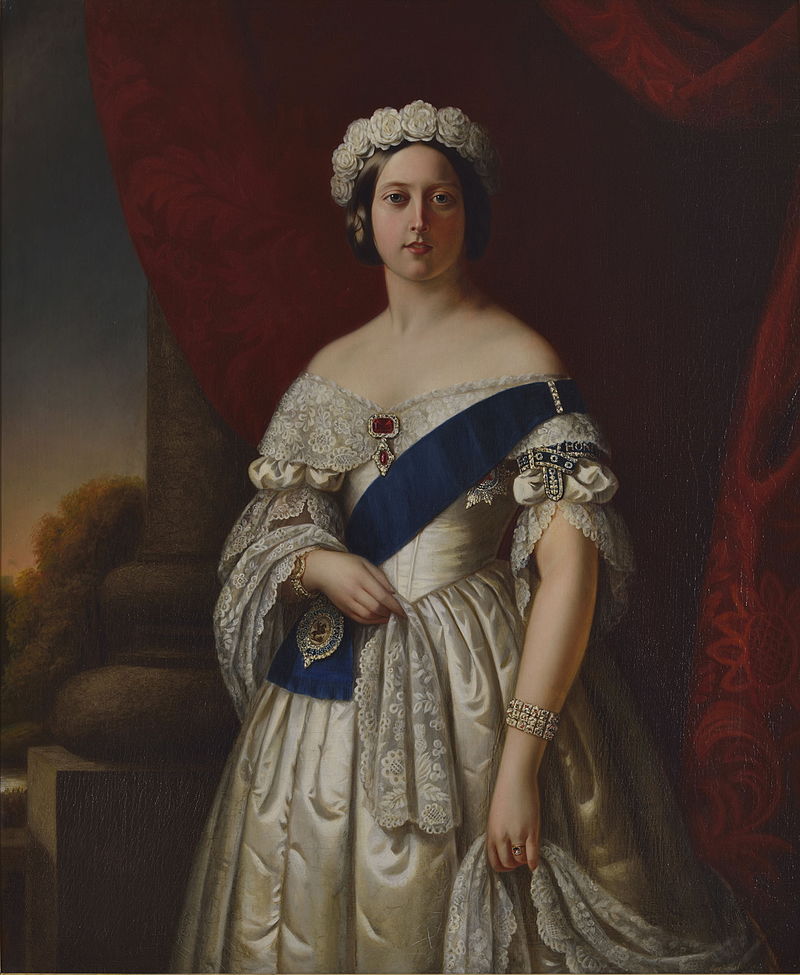loading...
Monday, 27 June 2016
Queen's University Belfast
Parliamentary representation

Queen's University Belfast has its roots in the Belfast Academical Institution, which was founded in 1810, one of the United Kingdom's 10 oldest universities, and remains as the Royal Belfast Academical Institution. The present university was first chartered as "Queen's College, Belfast" in 1845, when it was associated with the simultaneously founded Queen's College, Cork, and Queen's College, Galway, as part of the Queen's University of Ireland – founded to encourage higher education for Catholics and Presbyterians, as a counterpart to Trinity College, Dublin, then an Anglican institution. Queen's College, Belfast, opened in 1849. Its main building, the Lanyon Building, was designed by the English architect, Sir Charles Lanyon. At its opening, it had 23 professors and 343 students. Some early students at Queen's University Belfast took University of London examinations.
The Lanyon Building, Queen's University Belfast
The Irish Universities Act, 1908 dissolved the Royal University of Ireland, which had replaced the Queen's University of Ireland in 1879, and created two separate universities: the current National University of Ireland and Queen's University of Belfast.Main articles: Queen's University of Belfast (UK Parliament constituency) and Queen's University of Belfast (Northern Ireland Parliament constituency)
The university was one of only eight United Kingdom universities to hold a parliamentary seat in the Parliament of the United Kingdom at Westminster until such representation was abolished in 1950. The university was also represented in the Parliament of Northern Ireland from 1920–1968, where its graduates elected four seats.
 |
| Queen Victoria |
 |
| Charles Lanyon |
Modern day
On 20 June 2006 the university announced a £259 million investment programme focusing on facilities, recruitment and research. One of the outcomes of this investment has been a new university library; the McClay library was designed by Boston-based architects Sheply, Bulfinch, Richardson & Abbott, working in association with Belfast architects, Robinson Patterson Partnership, and opened in July 2009. The building has been named in honour of Sir Allen McClay, a major benefactor of Queen's University and of the Library.In June 2010, the university announced that they would be launching a £7.5m Ansin international research hub with Seagate Technologies.
Queen's is one of the largest employers in Northern Ireland, with a total workforce of 3,903, of whom 2,414 were members of academic, academic-related and research staff and 1,489 were administrative employees.